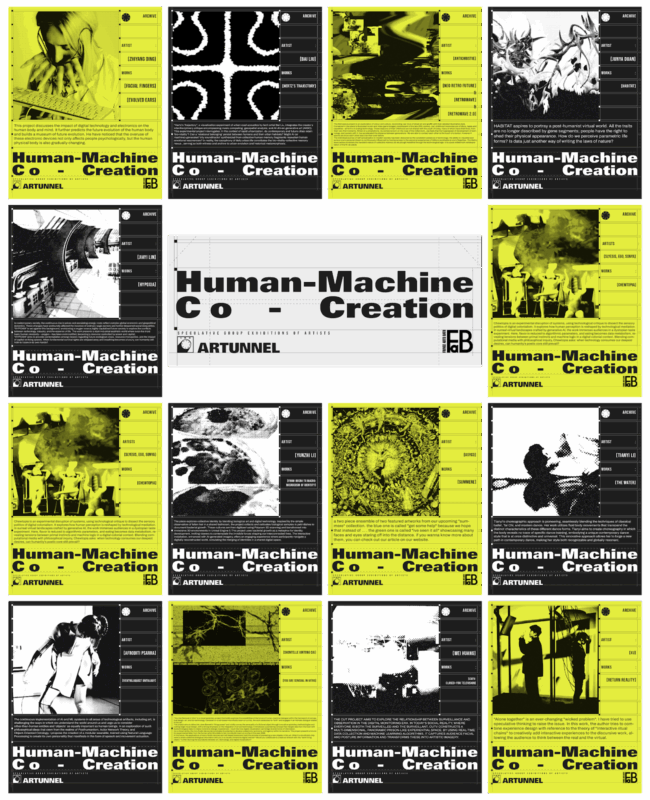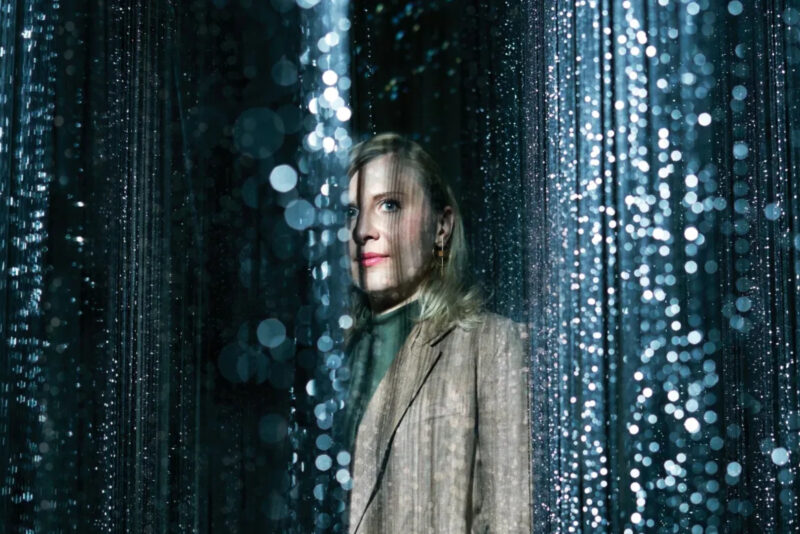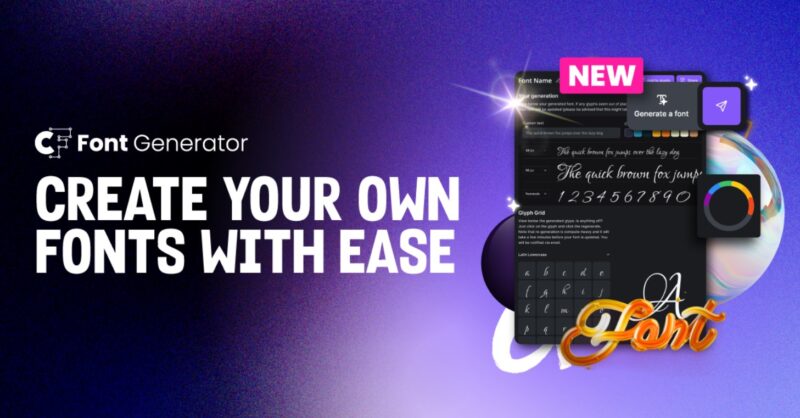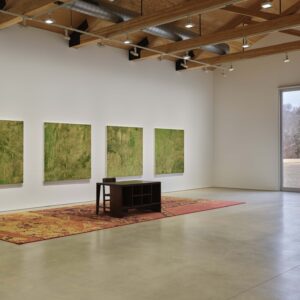Running now in Shoreditch, Deeep AI Art Fair is a showcase of the latest up and comers making art using artificial intelligence. Curated by Eulan To, Stephene Bejean-Lebenson and Erin Lait, and combining good decades of experience in the burgeoning scene, the fair is a brilliant cabal of innovators and designers, grappling with a collection of ways to create with computers. The catalogue is broad, and the technology involved often complicated, erudite, and involving a great deal of understanding to grasp what is being achieved to produce the images and sculptures that fill the space. No doubt, there is some technical wizardry at work. However, what I find most striking about the landscape isn’t these mechanical acrobatics, but the striking effect found in the completed works. They are equal parts hypnotic, unsettling, and produce an outlook quite alien to traditional styles.

Daniel Ambrosi’s Bryant Park ‘(Before the Virus) Infinite Dream’ is a fantastic example of this. Represented by Morf Gallery, he’s used an enhanced version of Google engineer Alexander Mordvintsev’s ‘Deep Dream’ software to process evening photography of Midtown Manhatten. Again, the technical feat is surely marvellous, blending and replicating squared off sections of the landscape to produce a simultaneously ordered and chaotic mise-en-scène, but seeing the work in-person adds a quality that demands a visit to the fair. Though the more determined post-covid hermits can surely replicate the effect with a few HDMI cables and downloading a jpeg from Twitter, it’s approaching the work from a distance that really lends to its novel qualities. The unpredictable repetition of the scenes distorts your perspective as you walk forwards, replicating the cinematic effect of a dolly-zoom from a static image. Creeping up to the LCD screen hung on the wall, the smaller repetitions of the same scene stagger your approach in real-time, and though a little unnerving, feels sincerely unique.
Gallery exhibition of AI art emphasises the privilege of these experiences, which function across the fair space as a series of isolated and quite radically different ways that human visitors can interact with its artificial creation. Like a virtual – though often physically imposing – smörgåsbord of tech and visual flair, visitors can wander from the NFT room of procedural sculptures (karan4d’s The Data, 2020 being a standout, alongside Deeep’s own NFT GAN_MAN_Style), through Bill Posters’ latest installation of hacktivist deepfakes and hop over quite an outlandish row of plungers suctioned to the fair’s floor. On my visit, my first impression was that the staff were still setting up, but as it happened, this particular row of plumbing tools was an example of Alexander Reben’s new absurdist AI inspired sculpture. Also known for his AI ‘Deep Dream’ visual pieces – ‘Deeply Artificial Trees’ hangs towards the back of the room, featuring video that turns a Bob Ross painting tutorial progressively into a chaotic mess of animals as Google’s algorithm spirals out of control – these latest works have turned to text-based AI to generate three-dimensional works. ‘The Plungers’ is something of a ‘collaboration’ between Reben and one of these AI programs, where the artist had responded to the AI’s suggestions in an absurd reversal of the usual paradigm for this art. Plastered to a nearby column you can read the artwork’s computer-generated description which inspired Reben to line them up. Strange enough to elicit a chuckle, and then troubling when the implications of artificially driven sculpture and installation begin to condense on the tube ride home, these are likewise provocative in unexpected ways.
The works here are on view until October 17th, and showcase the virile potential of London’s AI art scene. Looking forwards, perhaps the overwhelming feeling generated by the show is the sense of urgency and anticipation. These new tools for manipulating and altering the subjectivity of art world’s audience are subtle for the time being but hint always at a growth sprawling over the horizon. Of course, AI art would point towards the future, and visitors should brace themselves for new excitement at what it yet to come.







